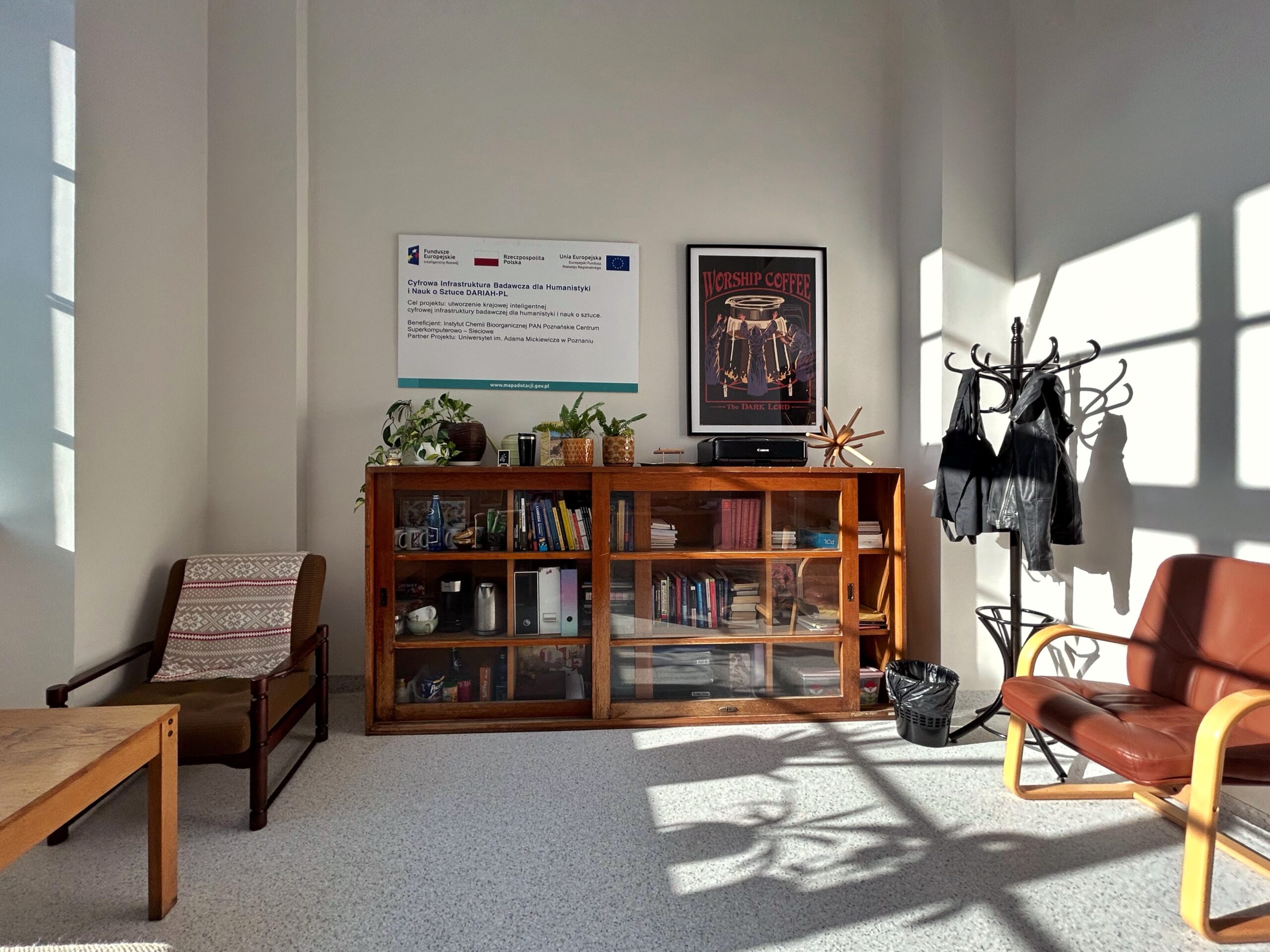
HANOI
HANOI – tools for analyzing translators’ handwritten notes
AMU Faculty of English
About HANOI (Handwritten Notation of Interpreters)
- tools for analysis of handwritten notes of simultaneous and conference interpreters based on algorithms which scan and analyse handwriting, convert it to pixels and calculate selected parameters
- a collection of handwritten notes and jottings made by professional and student interpreters with tools for analysis
- a teaching module, where student interpreters can upload their notes to the corpus and compare them with notes made by professionals
What makes interpreters’ notation special?
If a professional interpreter is allowed to take notes, they can interpret up to 20 minutes of source speech. Notation is a unique type of language production, significantly diverging from written forms, including stenography, and “regular” handwritten notes. Interpreters have a few tricks up their sleeve, such as special diagonal noting, logical links on the margins as well as symbols helping in fast note-taking for complex concepts. Even though such notes help an interpreter to produce up to 20 minutes of output, they can only be decoded by their author. The data in the Hanoi corpus on how interpreters process information is a source of valuable information on language and cognitive processes on the border of two languages and cultures.
Applications of the HANOI tools and corpus
- the only corpus of handwritten interpreter notes in the world
- a source of information about mnemonics used in noting down information
- analysis of interpreter notes
- self-evaluation of interpreters’ own work and interpreter training
- research on the role of note-taking in interpretation, including the strategies used for note-taking
- developing recommendations for improving interpretation skills
- teaching AI algorithms to recognize handwriting
- teaching AI algorithms to recognize symbols
HANOI infrastructure
- Digital access to hundreds of pages of notes of both professional and student interpreters
- A digital tool for the analysis of note-taking parameters, including the page coverage and writing density
- A tagged corpus of handwritten interpreter notes: information on the author’s proficiency (professional vs. student interpreters), page format and orientation (vertical vs. horizontal, A4 vs. A5, etc.), purpose of the note (on the job, for teaching purposes, for practice) and place (for student and teaching notes)
- A professional scanning workstation with OCR
Who is HANOI for?
- For researchers – Thanks to HANOI researchers can search the corpus and visually analyse handwritten interpreter notes
- For trainers – HANOI enables remote monitoring of student notes by trainers, helping them to evaluate student skills and track progress
- For student interpreters – thanks to HANOI students can see for themselves how much their notes resemble notes made by professionals
- For the R&D sector – HANOI is a unique database of handwriting and symbols used by interpreters, whose activity involves remembering and conveying complex content
Name and contact details of the module coordinator
Anna Jelec, PhD (jelec@amu.edu.pl)
https://HANOI.amu.edu.pl






